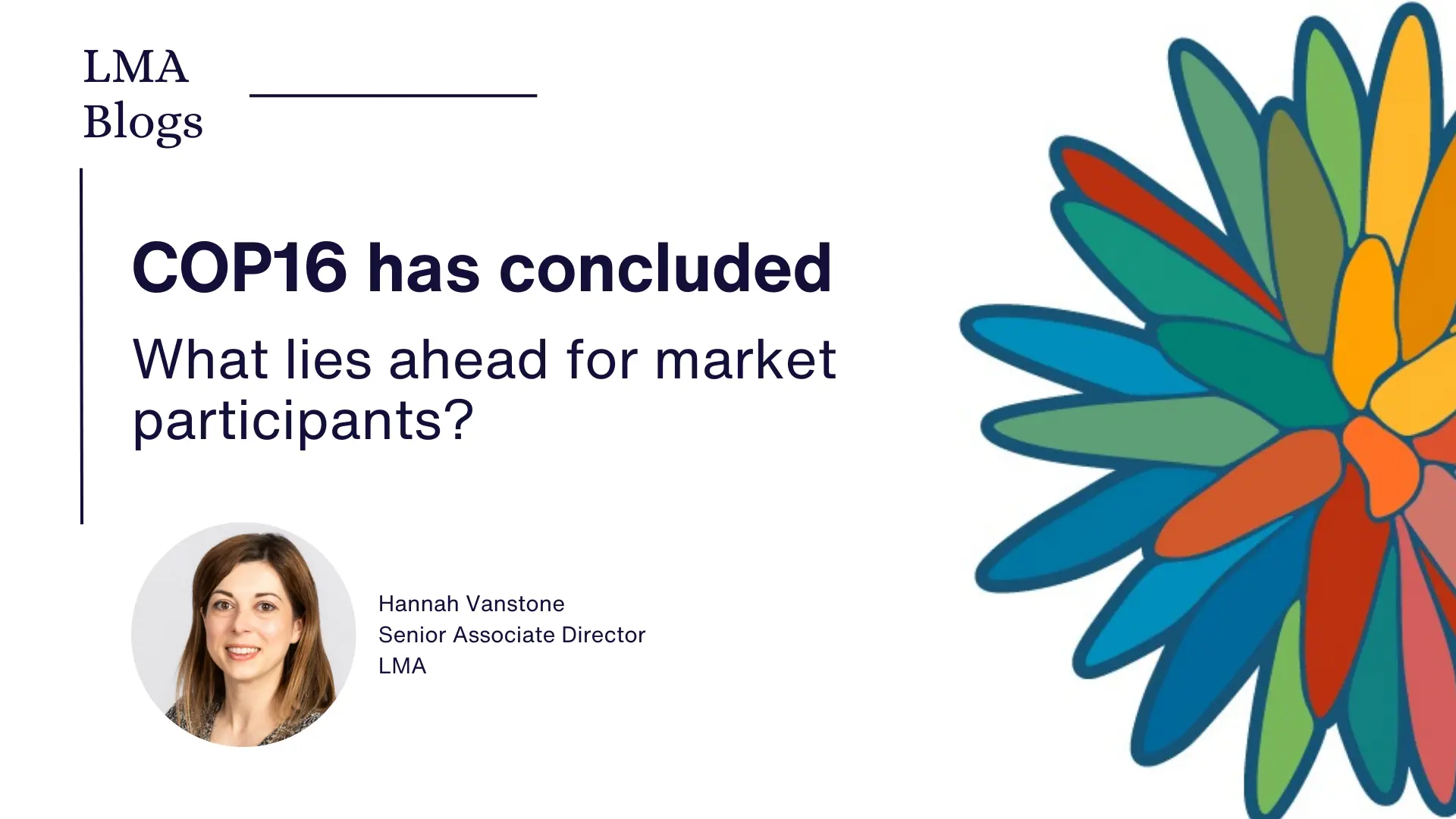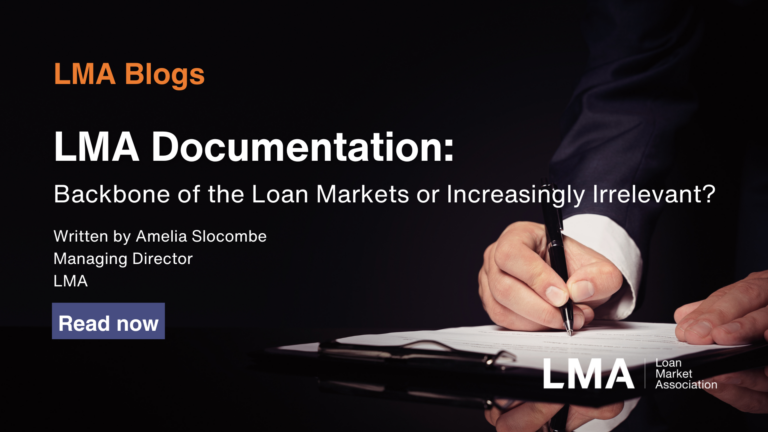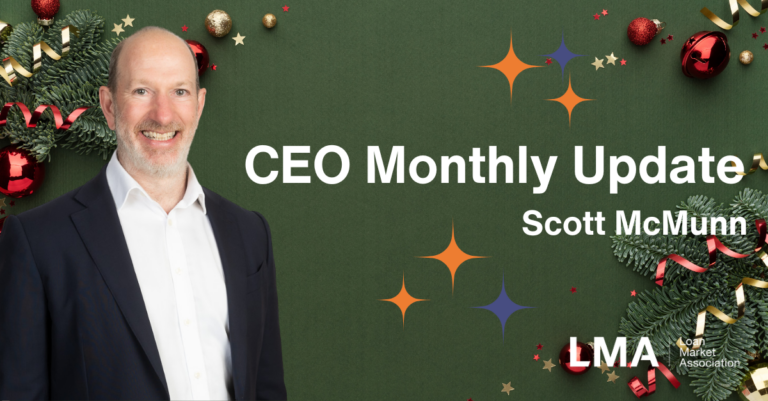COP 16 – A chance to turn ambition into action
Whilst the U.S. election battle has been grabbing the headlines recently, another global event – COP16 (the “biodiversity COP”) – has been taking place in Cali, Columbia. This was the COP for governments and global stakeholders to turn ambition into action on nature, following approval of the Kunming-Montreal Global Biodiversity Global Framework at COP15.
“Humanity needs nature to survive, and so do the economy and banks.” [1]
75% of all bank loans in the eurozone area are tied to companies that are highly dependent on at least one nature-based ecosystem service. [2] In 2023, the European Central Bank highlighted that a failure to halt and reverse biodiversity loss will make lending riskier and will increase banks’ exposure to financial risk [3] – financial risk that is already materialising according to a recent report published by Bloomberg NEF. [4]
It is imperative that financial institutions start to take notice of biodiversity and nature. Those who choose not to engage will find themselves not only exposed to financial risk but also regulatory risk, with a new wave of environmental regulation including the (albeit delayed) EU Deforestation Regulation [5] and the Corporate Sustainability Due Diligence Directive [6] coming into play.
Action today on understanding and addressing nature-related risks is not just about doing what is right. It is also key to good risk management – helping to mitigate exposure to financial and regulatory risks associated with nature depletion.
What are the key takeaways?
1. TNFD is fast gaining momentum
Over 500 organisations have now committed to adopting the Taskforce on Nature-related Financial Disclosures (TNFD)-aligned nature-related risk management and corporate reporting, marking a 57% increase since January 2024. This movement reflects a growing acknowledgment of nature’s importance in managing business risks and opportunities, with $17.7 trillion in assets under management now aligned with TNFD reporting.[1] Improved biodiversity data will empower financial institutions to better assess nature-related risks, and embed this data into lending and investment decisions.
![Over 500 organisations and $17.7 trillion AUM now committed to TNFD-aligned risk management and corporate reporting [7]](https://blog.lma.eu.com/wp-content/uploads/2024/11/image.jpeg)
2. Nature to be embedded into transition planning
COP16 saw the announcement of two separate consultations on nature and transition planning. The TNFD published a discussion paper on draft guidance on nature transition planning aimed at corporates and financial institutions developing and disclosing a transition plan in line with the TNFD recommended disclosures. The Glasgow Financial Alliance for Net Zero (GFANZ) consultation meanwhile focuses on voluntary guidance on incorporating nature into net zero transition plans for financial institutions.
The TNFD consultation closes on 1 February 2025, while the GFANZ consultation period runs for 90 days beginning 27 October 2024. We encourage you to engage with these consultations given the importance of nature in transition planning.
3. It is time to scale-up nature-positive finance
An enormous funding gap remains, with an estimated $700bn plus per year required to protect and restore natural ecosystems.[8] Whilst some progress was made on Finance Day, the millions pledged at COP16 fell a long way short of bridging the financing gap. Urgent action is therefore needed to accelerate capital flows from the private sector, in addition to the public sector, to nature-positive financing.
Here are my top reads, launched during COP16, which provide some insights about how we might bridge the biodiversity funding gap:
Scaling finance for nature: Barrier breakdown (Cambridge Institute for Sustainability Leadership) – This report sets out, amongst other things, the range of instruments, structures and incentives already available in the market to finance nature-positive solutions (including sustainability-linked loans and use of proceeds loans).[9] We, at the LMA, will continue to support our members in scaling up nature-positive financing solutions, overcoming existing barriers and unlocking the opportunities.
A new framework for biodiversity credits (IAPB) – The International Advisory Panel on Biodiversity Credits (IAPB) has established a new framework to define, guide and encourage the development of high integrity biodiversity credits and credit markets. Market participants should pay close attention to the development of the market for biodiversity credits as this may unlock innovative financing opportunities going forward.
The Nature Tech Revolution: The tools to move from ‘do no harm’ to ‘nature-positive’’ (NatureTech Alliance) –This report sets out, amongst other things, how technology may be able to help in bridging the nature-financing gap. The LMA are supportive of the development of new technological solutions to support loan market participants in scaling sustainable finance – we are always keen to hear from you about new technological tools and solutions that may be able to help scale up this nascent market.
Turning ambition into reality: a wasted opportunity?
Unfortunately, the level of action from governments at COP16 fell short of what many had hoped for as most countries failed to deliver their nature conservation pledges and, whilst a deal was reached on a new ‘Cali fund’ with payments to be made by certain sectors for use of genetic data from nature, many questions were left unanswered on funding to bridge the gap.
Regardless of the outcomes of negotiations, however, we urge our members to engage with the key themes and initiatives from COP16. Nature-positive financing is not just about protecting our vital ecosystems but, as mentioned above, mitigating against significant financial and regulatory risks – and, what is more, there are opportunities awaiting for those who are willing to realign to nature-positive outcomes.
At the LMA, we have been exploring the key thematic of natural capital – including in our Q1 edition of Horizons which can be found here. We also hosted a recent roundtable on natural capital finance in September and will be bringing you a summary of the discussions shortly.
If you’d like to discuss any of the topics discussed above, we would love to hear from you – please do reach out to myself at Hannah Vanstone or Gemma Lawrence-Pardew.
[1] The economy and banks need nature to survive
[2] The economy and banks need nature to survive
[3] The economy and banks need nature to survive
[4] Ten Case Studies Highlight the Financial Costs of Nature-related Risk | BloombergNEF
[5] Regulation – 2023/1115 – EN – EUR-Lex
[6] Directive – EU – 2024/1760 – EN – EUR-Lex
[7] Over 500 organisations and $17.7 trillion AUM now committed to TNFD-aligned risk management and corporate reporting
[8] How biodiversity credits can finance nature-positive outcomes | World Economic Forum
[9]cisl.cam.ac.uk/files/cisl_atrack_scaling_finance_for_nature.pdf




